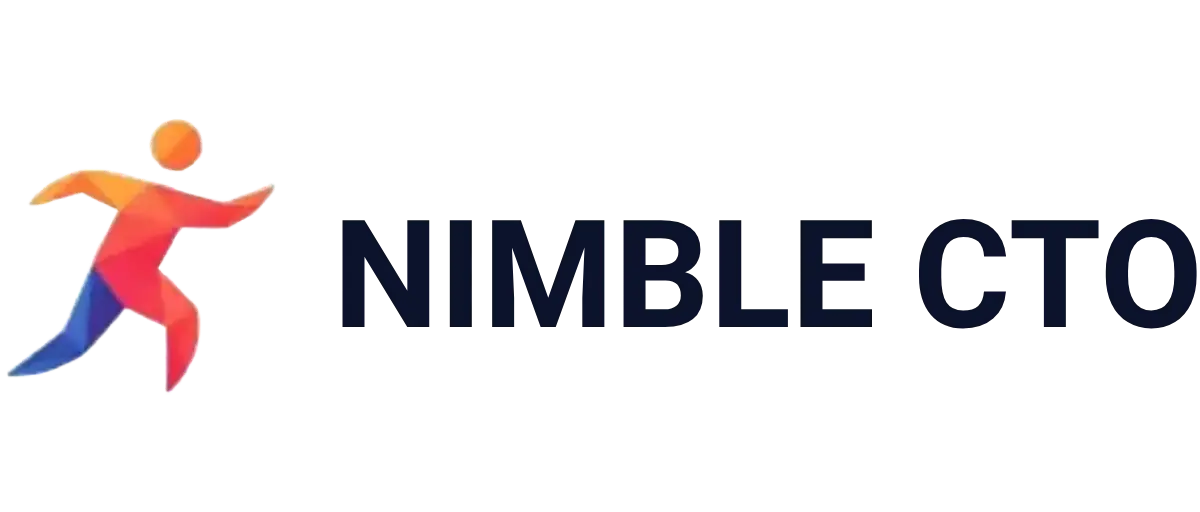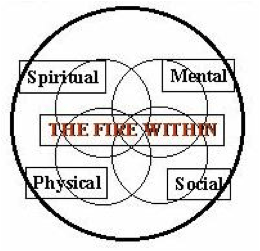My wife finally convinced me that “Java Thread Programming” was inappropriate beach-time reading. I doubt that business books is exactly what she had in mind, but over the years I’ve managed to fill a good sized bookshelf dedicated to many of the classics, “Swim with Sharks Without Being Eaten Alive”, “The Art of the Deal”, “Hard Drive”, “Only the Paranoid Survive”, “From Worst to First”, “Getting to Yes” and of course, Steven Covey’s “Seven Habits of Highly Effective People” and “Principal Centered Leadership”. When they all started sounding too familiar, I moved onto “Playing Poker Like the Pros”.
Recently, I read “Getting Things Done” by David Allen to see what all the hoopla was about. Again, much of it seemed like more productivity pundit preaching only this time with a bit of modern day infomercial style. In a nutshell here is the GTD “system”:
1. Write everything down in a trusted place that fits within your personal style
2. Organize your inbox:
– Eliminate things that aren’t yours or are not needed right now
– Convert to actionable item or project
3. Do your stuff within the context of any given moment, consistent with your time and energy
4. Iterate and re-factor faithfully
5. Periodically, review with various levels of granularity the vertical projects, and horizontal focus, strategy.
I suspect most of this book’s appeal is based on the bottom up approach to productivity, where as most others philosophize about top down goal driven performance and don’t offer much practical guidance. GTD is also fairly light about the key step – do your stuff within the context – which got me thinking about how this compares to Steven Covey’s disciplines.
Covey’s book presents a very compatible, illustrative guiding framework for creating a balanced decision context when contemplating what things you’re going to do. Covey contends that we all have natural needs that must be fulfilled in order to lead balanced, happy and healthy lives. The four broad areas of human need are the physical (the need to live), the social (the need to love – no not tweet), the mental (the need to learn), and the spiritual (the need to leave a legacy). When all of a person’s needs get fulfilled in proper balance, that person experiences a “Fire Within” that drives him forward, or as Allen writes, you’re operating in the zone.
Covey also provides GTD compatible guidance on how to select projects that are consistent with your time and energy. Covey proposes that all activities can be classified into four basic categories or “quadrants” based on two measurements: Urgency and Importance. The following matrix illustrates how to categorize projects or tasks based on these two criteria. Quadrant II should remain a person’s primary focus when planning and Covey states that people frequently ignore Quadrant II (“fire prevention”) in favor of Quadrant I (“putting out fires”) or, worse yet, the trivial activities of Quadrants III and IV.
| Urgent | Not Urgent | |
| Important | Quadrant I ➢ Crises ➢ Pressing problems ➢ Deadline-driven projects, meetings, preparations | Quadrant II ➢ Preparation ➢ Prevention ➢ Value Classification ➢ Planning ➢ Relationship building ➢ Needed relation ➢ Empowerment |
| Not Important | Quadrant III ➢ Needless interrupts ➢ Unnecessary reports ➢ Unimportant meetings, phone calls, mail ➢ Other people’s minor issues | Quadrant IV ➢ Trivia, busywork ➢ Some phone calls ➢ Time wasters ➢ “Escape” activities ➢ Irrelevant mail ➢ Excessive TV |
Relationship building is a key Quadrant II activity. An important concept introduced by the Quadrant II focus is that of the role. In relationships, each individual serves in a role of some sort. Examples include: parent, employee, employer, club member, etc. The concept of the role offers a valuable grouping and planning tool when determining what GTD projects and tasks to perform over a given period of time.
Finally, when Covey’s top down meets Allen’s bottom up, there are a lot of practical techniques for integrating both productivity systems. For example, you could color-code or tag your GTD stuff with Covey based quadrants and roles. Neither quadrants nor roles are part of Allen’s system, but integrating these two systems can help further organize your stuff, clarify context and help keep important/non-urgent as well as important/urgent tasks on track and your various life roles in balance.
![Reblog this post [with Zemanta]](http://img.zemanta.com/reblog_e.png?x-id=30b6650d-37b4-402a-b729-cf155fa26184)



4 Responses
I'm really enjoying your blogs, Chip. I also took a look at Springpad. Any thoughts on a collaborative calendar for families? I thought MobileMe might help with that, but it has been an abismal failure. Five family members with kids growing too fast and in possibly too many activities. It's all hard to keep track of.
Hi Dave,I'm glad you're enjoying my blog – I have fun with it.I'm using Springpad for collaborative calendar with my family. Basically, you can “invite” other family members to a shared Springpad account. There will be one calendar that you can enter “events”, “alarms” and “tasks”. You can assign these to the other users in this shared Springpad account – so that you can use other Springpad features like search and in page narrowing (filter). Springpad has the notion of communication “channels” (email and SMS) that you can add other family members to so that you can configure each event/alarm/task reminders to go to their email/sms channel. You can even have reminders go to multiple channels – so you can get an email reminder that one of your kids has an event to go to, and they can get the SMS version of that same reminder. Check it out, it is sweet – I've been using it for more than a year now, it works well.Chip
Hi Chip,
Funny you followed me on twitter today and a little research sent me here: I’m exactly working on a small tool for myself which visualizes and integrates a hybrid model balaning these two systems.
My wife is a Frankin-Coveyer (Coveyist?) and about 13 years ago gave me a rundown of the system which heavily influence my perceptions. Then, GTD came along, and a read of David Allen’s system plus–and more tangible to me–a couple of listens to his lecture on the system and things started to click in a way they hadn’t before.
And recently I started writing myself tools both just for practice and to put their systems to work in a way which aligns with my way of thinking.
Also, if you’re into poker and haven’t read Gus Hansen’s “Every Hand Revealed” it’s a fun railing of every hand he played in his Aussie Millions win.
(I’ve got waaaaay more poker recommendations if you’re ever looking for any.)
Cheers,
Geoffrey
I am a big poker fan, thanks for the tip on Gus’ book – I will check it out.